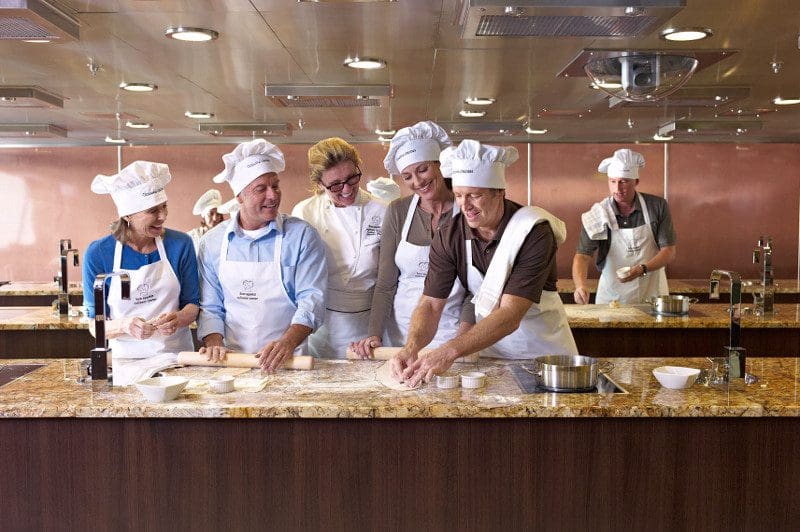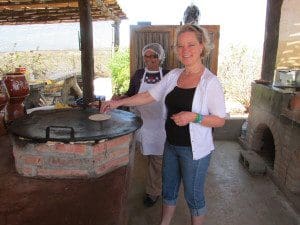
Everyone eats; some people eat to live, some live to eat, and there’s a whole spectrum in between. American’s interest in food has noticeably increased in the past decade, if the number of cooking shows and celebrity chefs means anything. We all eat when we go on vacation, but does that necessarily make us culinary travelers? Or do you have to dine only in Michelin-starred restaurants to qualify? Do wine and craft brew tastings count? Today I’ll talk about the different kinds of culinary travelers and some developing trends in this popular travel niche.
Culinary Traveler Categories
Over the past three years, 27.3 million American leisure travelers have participated in some form of culinary travel. That’s 17% of all American vacationers, so culinary travel is definitely a significant segment. Culinary travelers fall into three self-defined categories*, based on their motivations with regard to food and wine when traveling:
- Deliberate Culinary Travelers: 46% or 12.6 million people said, “The availability of culinary activities was a key reason I chose to take the trip or destination.”
- Opportunistic Culinary Travelers: 28% or 7.6 million travelers said, “I sought out culinary activities on my travels but they were not necessarily a factor in making a choice.”
- Accidental Culinary Travelers: 26% or 7.1 million vacationers said, “I participated in culinary/wine related activities, simply because they were available.”
While Accidental culinary travelers certainly count (they make up over a quarter of the total), the first two categories, Deliberate and Opportunistic, are considered to be “serious” culinary travelers. They are more likely to be upscale in education and income. When traveling, whether on a local drive trip or an international expedition, serious culinary travelers enjoy a range of experiences: cultural and heritage-related activities, shopping and spa services, outdoor and nature-based pursuits. They spend more money per trip, particularly for food and wine. They like to combine the local culture with cuisine in experiential ways. Often destinations are chosen based on word of mouth recommendations, but also from reading food and wine magazines and online resources.
Activities Culinary Travelers Enjoy
As you have probably surmised, you don’t have to dine only in haute cuisine establishments to be a culinary traveler. ‘Foodies’ seek unique and memorable dining experiences in their travels such as visiting wineries, touring breweries, visiting Farmers’ Markets or food festivals, sampling artisan products, and buying gourmet foods and wines to take home. Of course, fine dining experiences are certainly included, but are not the sole activity of food travel.
Culinary Tourism Trends
Beyond the obvious fact that everyone has to eat, dining is fundamental in that it’s a core element to culinary travelers’ trip purpose. That said, dining is more than just restaurants; it’s a whole way of experiencing and engaging in an authentic way with the destination and local culture. Local products and healthy options are important, as evidenced by an increased support for the farm to table concept. And finally, dining options are being integrated with other interests, for example a wine tasting at an art walk.
So, are you a culinary traveler? If so, which category do you identify with the most? For ideas of culinary travel that match your individual style, contact Covington’s vacation advisors and plan to taste the world!
* Source: ASTA and 2013 Culinary Travel Study by Mandala Research, LLC










Leave a Reply